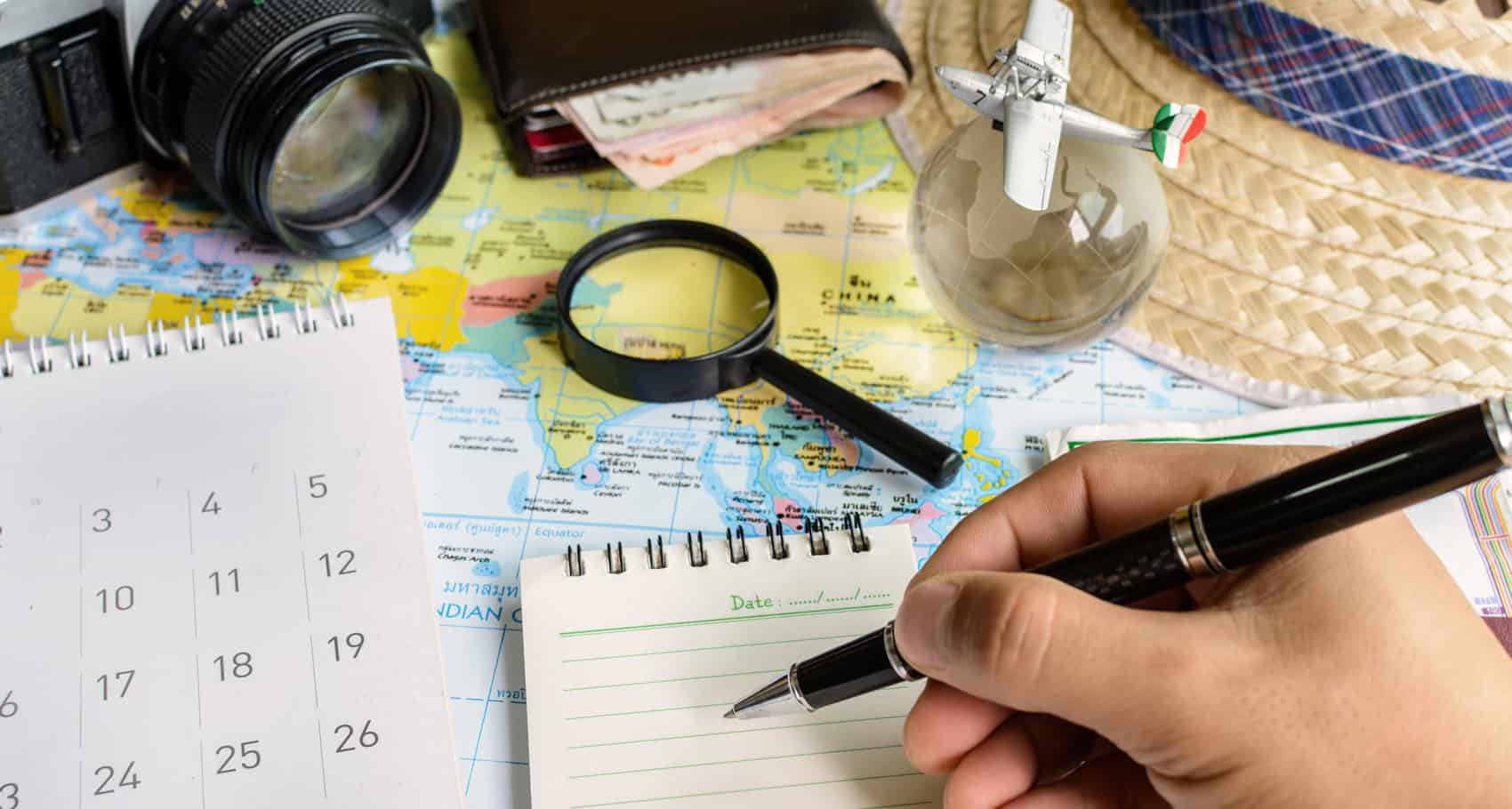
https://s-media-cache-ak0.pinimg.com/736x/b0/e8/a9/b0e8a9f8c988f6b0bf7fc510e018caec.jpg
What
is a “Winter Mormon?”
a.
Mormons that were baptized during the
winter
b.
Mormons that were baptized for healing
during the Winter Quarter years
c.
Mormons that left Nauvoo during the
winter of 1846
d.
Gold seekers that stopped in Salt Lake
City and were baptized during the winter of 1850
Yesterday’s answer:
B Polygamy
From
the life of Abraham Hunsaker: He
married Eliza Collings Jan. 3, 1833. They heard the gospel in the vicinity of
his birthplace and were both baptized in November, 1840, by David Evans. When
the law of celestial marriage was first whispered to him, he opposed it,
exclaiming, “It is of the devil,” but God knew his heart and in open day a
messenger from heaven with three women clothed in white raiment stood before
him several feet from the ground and addressed him thus, “you never can receive
a full and complete salvation in my kingdom unless your garments are pure and
white and you have three counselors like me.” Thus he was convinced that the principle
was right and he subsequently married five wives (two of whom survived him) and
he became the father of fifty children.
Andrew
Jensen, LDS Biographical Encyclopedia, (Salt Lake City: Western Epics, 1971),
3: 415.





